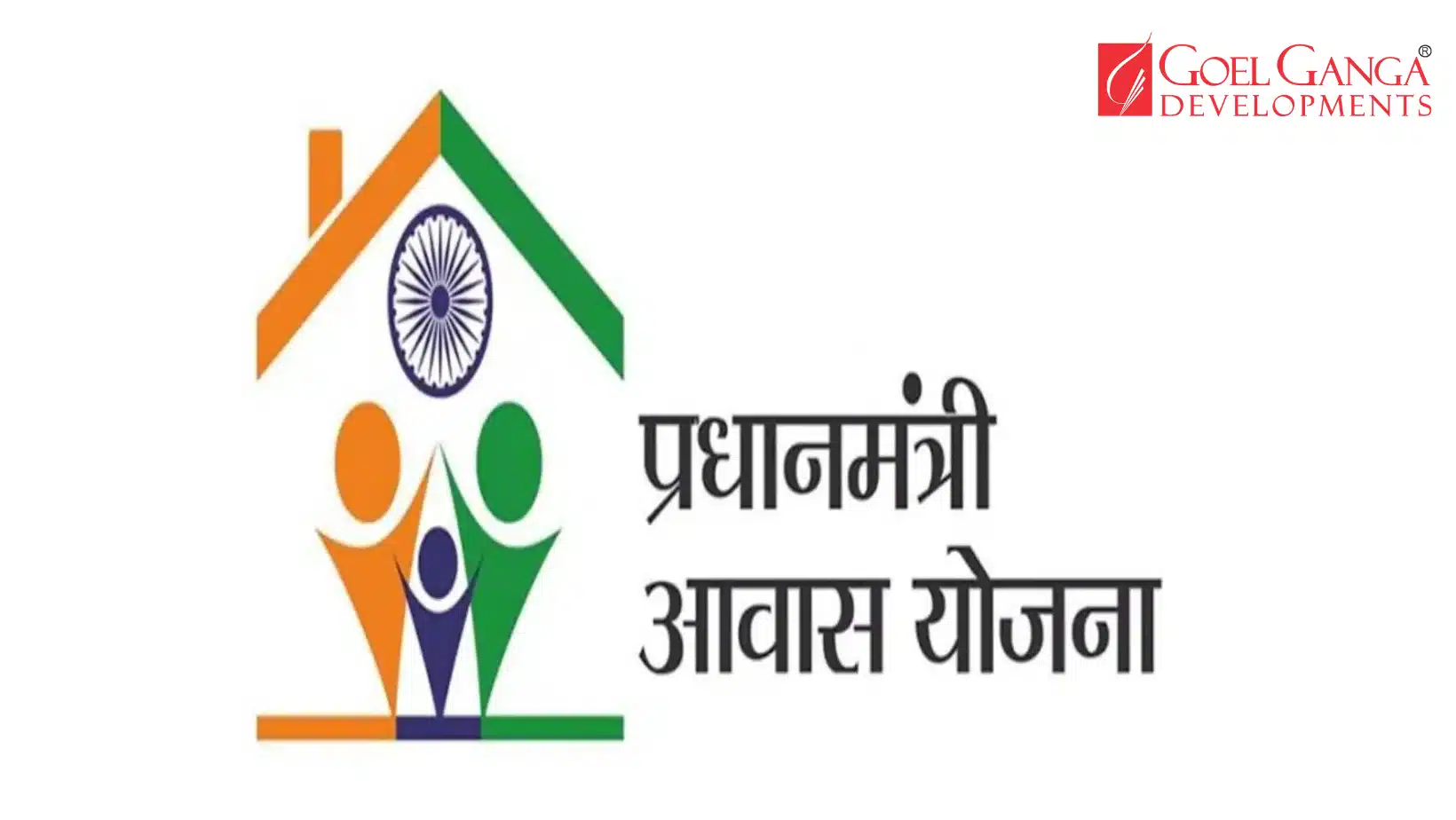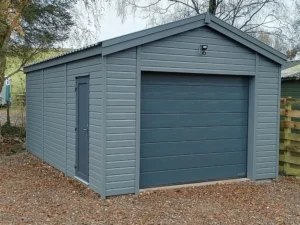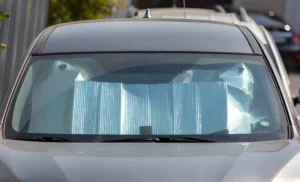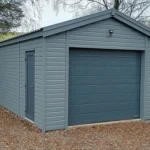The Pradhan Mantri Awas Yojana (PMAY), launched in 2015, is one of the most ambitious housing schemes by the Government of India aimed at providing “Housing for All by 2026.” As the scheme nears its targeted completion year, evaluating its success and challenges is critical to understanding its impact on millions of Indians and shaping future housing policies.
This article explores the PM Awas Yojana 2026 achievements of PMAY up to 2026 and the key hurdles it faces, offering a balanced perspective on this landmark government initiative.
Overview of PM Awas Yojana
PMAY has two major components:
- PMAY-Urban (PMAY-U): Targeting urban poor, slum dwellers, and economically weaker sections (EWS), low-income groups (LIG), and middle-income groups (MIG) in cities and towns.
- PMAY-Gramin (PMAY-G): Focused on rural housing to provide affordable and durable houses to families living in kutcha or dilapidated homes.
The scheme provides financial assistance, interest subsidies on home loans, affordable housing projects, and support for self-construction or improvement of houses to make home ownership accessible and affordable.
Successes of PM Awas Yojana 2026
1. Massive Scale of Housing Construction
Since its inception, PMAY has sanctioned and delivered millions of houses across urban and rural India. According to government data:
- Over 1.5 crore houses sanctioned under PMAY-Urban.
- More than 3 crore houses constructed in rural areas through PMAY-Gramin.
This large-scale construction effort has dramatically increased access to safe and affordable housing, especially for the economically weaker sections and low-income groups.
2. Substantial Interest Subsidies for Homebuyers
One of the most transformative aspects of PMAY is the Credit Linked Subsidy Scheme (CLSS) which provides interest subsidies on home loans. This scheme has helped reduce the cost of borrowing significantly:
- EWS and LIG families receive up to 6.5% interest subsidy on loans up to ₹6 lakh.
- Middle Income Groups (MIG-I and MIG-II) also benefit from reduced interest rates.
This has enabled millions of first-time homebuyers to afford their dream homes by lowering monthly loan repayments.
3. Inclusive and Targeted Approach
PMAY has focused on inclusion by prioritizing:
- Women beneficiaries, by mandating female ownership or co-ownership.
- Vulnerable sections including Scheduled Castes (SC), Scheduled Tribes (ST), and differently-abled persons.
- Slum rehabilitation and affordable housing projects in urban areas.
Such targeted efforts have empowered marginalized groups and enhanced social equity in housing.
4. Improved Living Standards and Social Impact
The impact of PMAY goes beyond just constructing houses. Providing pucca houses with basic amenities like sanitation, electricity, and clean water has improved health outcomes, education opportunities, and quality of life for millions.
New homes also provide greater security and stability, helping families break the cycle of poverty and deprivation.
5. Boost to the Real Estate and Construction Sector
PMAY has spurred growth in the affordable housing segment, creating jobs and stimulating the construction supply chain. This has helped revive demand in real estate markets, especially in smaller cities and towns.
Challenges Faced by PM Awas Yojana 2026
Despite its many successes, PMAY has faced several challenges that have impacted its overall effectiveness.
1. Delays in Project Completion and Fund Disbursement
Many PMAY housing projects, particularly large urban developments, have experienced delays due to land acquisition issues, administrative bottlenecks, and contractor delays.
Slow disbursement of funds from central and state governments has also affected timely construction and delivery, frustrating beneficiaries.
2. Awareness and Accessibility Issues
A significant portion of eligible beneficiaries, especially in rural and remote areas, remain unaware of PMAY benefits or how to apply.
Lack of digital literacy and poor internet connectivity have limited access to the online application system for many low-income families. Additionally, complex documentation requirements create hurdles for first-time applicants.
3. Inadequate Affordable Housing Supply in High-Demand Areas
In metro cities and rapidly urbanizing areas, the supply of affordable housing still falls short of demand, pushing lower-income families into informal settlements or rental housing.
Land scarcity and rising construction costs have limited the scale of affordable housing projects in these high-demand locations.
4. Quality and Standards Concerns
Some beneficiaries have reported issues with the quality of construction, materials used, and inadequate amenities in government-built houses.
Ensuring uniform quality standards across thousands of projects remains a major challenge for regulators and implementing agencies.
5. Urban-Rural Disparities
While PMAY-Gramin has achieved commendable progress, rural areas still face challenges related to infrastructure, connectivity, and resource allocation compared to urban projects.
Bridging this divide is essential for truly inclusive “Housing for All.”
6. Limited Financial Inclusion
Though CLSS has helped many, financial exclusion remains a barrier for certain groups who lack formal income proofs or banking access, thus limiting their ability to avail home loans and subsidies.
Steps Taken to Overcome Challenges
The government has introduced several measures to tackle the challenges:
- Awareness campaigns through Common Service Centers (CSCs), NGOs, and local authorities.
- Simplified application procedures with doorstep services and reduced documentation.
- Encouraging private sector partnerships and Public-Private Partnerships (PPP) to increase affordable housing stock.
- Monitoring and grievance redressal mechanisms to address construction quality and delays.
- Financial inclusion initiatives to bring more beneficiaries into the formal banking system.
The Road Ahead: PM Awas Yojana Beyond 2026
While PMAY aims for housing for all by 2026, the housing demand is likely to keep rising due to ongoing urbanization and population growth. The government’s next steps could include:
- Expanding subsidies and credit-linked benefits for middle-income groups.
- Greater focus on sustainable and green housing.
- Enhanced use of technology for project monitoring and beneficiary tracking.
- Strengthening slum rehabilitation and rental housing policies.
- Scaling up affordable housing in Tier 2 and Tier 3 cities.
Conclusion
The Pradhan Mantri Awas Yojana 2026 has been a landmark effort with tremendous successes in providing affordable housing to millions of Indians, especially economically weaker and low-income groups. The scheme’s innovative financial subsidies, inclusive approach, and focus on housing quality have transformed lives and neighborhoods across the country.
However, it also faces persistent challenges related to project execution, awareness, affordability in urban hotspots, and financial inclusion. Addressing these will be crucial for the government to fully realize its vision of “Housing for All” and ensure sustainable, equitable housing development in the years ahead.
Read more: Raja Luck: King’s Own Winning
How to Use Pollo AI to Uncrop Image and Expand Canvas Seamlessly










